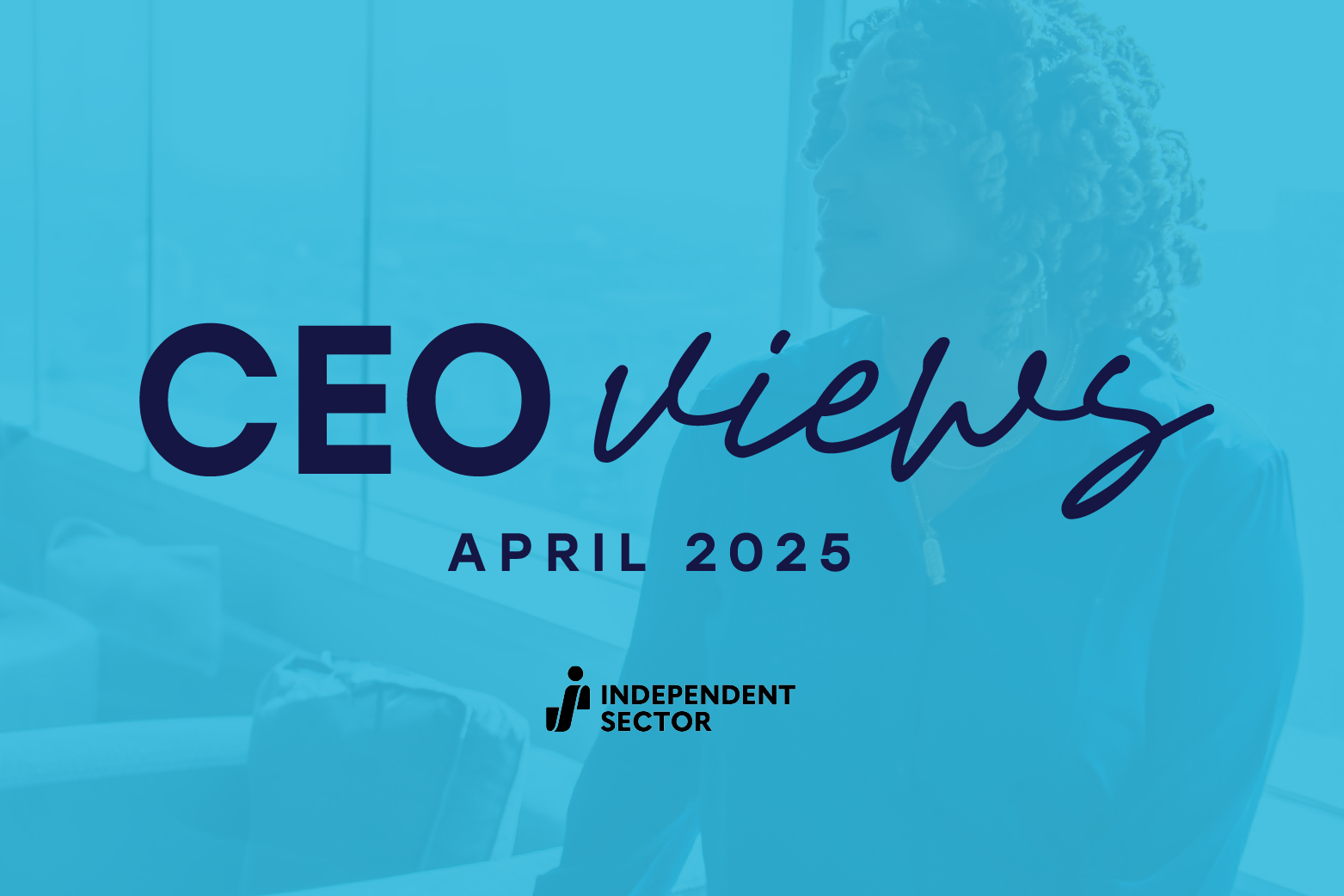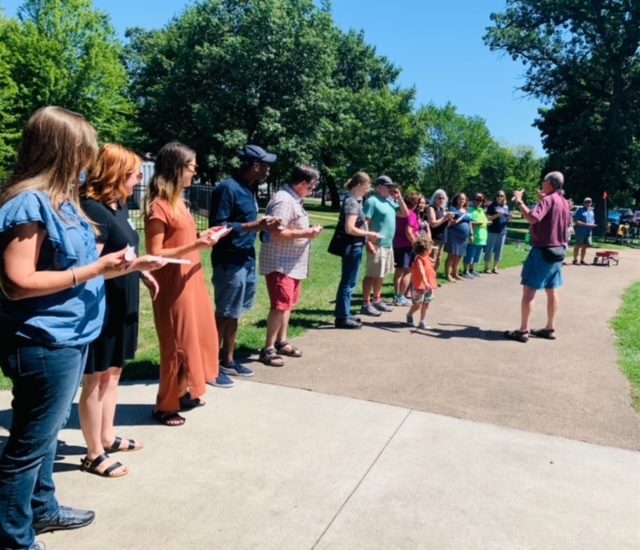Two weeks before a big fundraising event that had been in the works for 11 months, the development director requested several volunteers from the volunteer director. The development team needed support with set up, the silent auction, and helping guests find their way around the venue. With so little lead time, the volunteer director could not recruit all the requested volunteers.
A corporate group reached out to a nonprofit’s executive director to offer help. They wanted to send 25 employee volunteers on a Saturday later that month to paint or “whatever you need.” Though the agency was closed on Saturdays and their work did not lend itself to group volunteers, the volunteer director bought rakes and bags and supervised the employee volunteers in raking leaves and picking up trash around the building.
From Reactive Grasping to Proactive Placement
These are just two brief examples of how volunteer engagement operates in a reactive mode with little impact. A need or opportunity arises, and the volunteer director is called on to fill it with minimal lead time. Of course, this is not the strongest approach to engaging the community as volunteers. Nor does it serve organizational needs. Like any other function of a nonprofit, volunteer engagement yields the greatest returns when it is strategic, intentional, and planned in advance. It contributes to a stronger nonprofit workforce, which is one reason Independent Sector promotes strategic volunteer engagement.
Two effective ways to increase the impact of volunteerism are to include volunteer engagement in the strategic plan and the volunteer director on the senior leadership team. Doing so ensures that volunteer engagement is proactive. It positions volunteers to fill real community needs rather than busy work. It considers the unique contributions of volunteers and invests the support needed to make those contributions possible.
Applying Strategy to Volunteer Engagement
Adding the volunteer engagement function to strategic or operational planning is a valuable way to integrate volunteers into nonprofits.
This can occur in a variety of ways, such as:
- Clarifying the purposes for engaging volunteers and identifying key roles,
- Deciding which programs, services, and projects benefit (or could benefit) from volunteer involvement,
- Determining what resources, training, and technology are needed to equip staff and volunteers to be successful in working together,
- Assessing the effectiveness of current volunteer engagement strategies and staffing levels,
- Identifying and allocating funding for the volunteer engagement function, and
- Integrating programmatic and volunteer data collection to demonstrate the ways that volunteers contribute to program outcomes.
These suggestions shed light on why it is valuable for the volunteer director to be on the senior leadership team. When he or she is part of key discussions, it is easier to plan for volunteer involvement in meaningful ways. There is clarity about the roles volunteers play. This streamlines efforts for engaging individual and group volunteers and introduces space for creative thinking about new possibilities. It shifts volunteer engagement from working in a silo or limited programmatic role to serving as an operating strategy that can support each agency function.
One More Time, with Strategy
Let’s revisit the earlier organizations with a more strategic volunteer engagement lens.
The organization running the fundraising event could have planned for volunteers from the very beginning stages. They would have had a better chance at recruiting and training all the event volunteers they needed. They also could have involved volunteers in roles such as event planning, fundraising, securing sponsors, and outreach.
The second nonprofit would have proactively considered how corporate and other groups could participate in their work in a meaningful way. Instead of accepting the company’s offer as is, they could have negotiated a different form of engagement, such as organizing a collection drive, having one department adopt a weekday “shift” for at least three months or partnering with a company team to provide pro bono services like HR compliance consulting or data analytics to boost the nonprofit’s operations.
Looking Ahead
Organizations that invest and plan for strategic volunteer engagement are more likely to experience benefits from those volunteers. They are better able to weather organizational disruptions and engage more of the community as active participants in their cause. Given the challenges facing so many nonprofits right now, engaging volunteers in more intentional ways could provide a much-needed boost.
Engaging Volunteers Strategically with Free Arts for Abused Children of Arizona
Free Arts for Abused Children of Arizona is a nonprofit that helps youth who have experienced trauma to heal through arts activities delivered by caring adult volunteer mentors. Volunteers have always been an essential part of Free Arts programming. However, the leadership team realized the agency would be even stronger if volunteers were integrated throughout the organization, in roles beyond the organization’s primary role of mentor.
Through their participation in the Arizona Strategic Volunteer Engagement (SVE) Project, Free Arts has shifted to an organization-wide approach to volunteerism. They have clarified, updated, and prioritized volunteer engagement in their strategic plan and created a team of staff and volunteers who support the implementation of new practices. Some of these practices include identifying new volunteer roles and projects beyond program mentors; providing regular communication about SVE at staff and board meetings; adding in-kind volunteer time and accomplishments in grant reports; and training paid staff to work with volunteers.
Vice President of Programs, Danielle Tefft, shared that “volunteers are very willing to go wherever the agency needs them when they believe in the mission.” Her team’s shift in mindset and practices means there are more expansive opportunities for community involvement and impact, which translates to more programs for youth in need.
Sue Carter Kahl, PhD is President of Sue Carter Kahl Consulting. Her work helps bridge the gap between research and practice in volunteer engagement.
Photo credit: RFStudio on Pexels



